Whale Watching In Thailand
 |
| Image: by Lilin |
Types of whales in Thailand
The star of whale watching in Thailand is the Bryde’s whale (pronounced ‘broodus’). This species (named after Norwegian businessman and whaler, Johan Bryde) prefers warmer waters and is commonly found in tropical regions like Southeast Asia. Unlike other whales that migrate to colder climates during certain times of the year, Bryde’s whales remain in tropical waters year-round, making Thailand a reliable spot to see them.
Bryde’s whales use a filter-feeding system with fringed plates or bristles, known as ‘baleen’, hanging from the whales’ mouths. These act as sieves to strain seawater for food and make for a spectacular sight when the whale is feeding. When they feed, Bryde’s whales first open their mouths when they are underwater. They then surge upwards above the sea surface with their mouths still wide open as they expel the water and use the baleen to filter out the food they need like fish and krill.
Bryde’s whales are relatively small compared to their cousins, such as blue whales or humpbacks, but they still make an imposing sight and can grow up to 15 metres in length and weigh up to 20 tons.
 |
| Image : Bryde’s whale witn Bangkok view in the background : by Lilin |
Best locations to see whales in Thailand
Thailand’s long coastline provides numerous spots for whale watching. However, several key areas along the Gulf Coast are particularly known for whale sightings, each offering a unique experience. Naturally, there are no guarantees, but if you visit at specific times of the year there is a decent chance of seeing whales especially if you book a tour with knowledgeable local companies and guides who know the best locations and times to spot them.
Phetchaburi and Samut Sakhon
Best time for whale watching: August to October
The most popular whale watching spot in Thailand is in the Upper Gulf, particularly around Phetchaburi and Samut Sakhon provinces. These locations are convenient for Bangkok and are ideal for a day trip from the Thai capital. The relatively shallow waters attract large numbers of anchovies, which in turn draw Bryde’s whales. Tours usually leave from fishing villages such as Bang Tabun in Phetchaburi or Mahachai in Samut Sakhon, and tourists can expect to spend several hours out on the water.
Whale watching tours from this area offer the opportunity to observe the Bryde’s whale in its natural habitat, often seen breaching or performing ‘lunge feeding’ where the whales surface with mouths agape to scoop up schools of fish. Proximity to Bangkok and a good chance of spotting whales make this one of the most popular whale watching areas in Thailand.
Top Whale Watching Location
The Gulf of Thailand
The Gulf of Thailand is conveniently located near Bangkok, making it ideal for a day trip from the capital. It’s the best place to spot Bryde’s whales, particularly around Samut Sakhon and Samut Prakan provinces.(and some of Bangkok area name Bang khun thian )
The relatively shallow, plankton-rich waters attract anchovies, which in turn draw Bryde’s whales to feed. Also, the Gulf’s gentle waves make it easy to observe whale activity without rough conditions. Most tours depart from fishing villages like Mahachai in Samut Sakhon and typically last several hours.
The combination of Bangkok’s proximity and excellent chances of spotting whales makes this region a top choice for whale watching in Thailand.
Typical tour Itinerary
Most tours last around 4–6 hours, starting in the morning to catch the whales at their most active. You’ll cruise through the Gulf of Thailand, guided by experts who share insights about the whales and their habitat. Tours often include light refreshments and essential gear, like binoculars.
These tours offer an up-close look at Bryde’s whales in their natural habitat. Visitors often witness spectacular behaviors like breaching or lunge feeding, where the whales surface with their mouths wide open to scoop up schools of fish.
Here we go
A fishing village over 100 years old, located amidst mangrove forests on both sides of a canal before reaching the sea. Most of the villagers work as local fishermen, setting traps, trapping, fishing nets, catching fish, catching shrimp, and raising mussels.
Ethical whale watching tours
Whale watching in Thailand is an incredible experience, but it’s important to choose a tour operator that prioritises the well-being of the animals. Look for tours that follow responsible whale watching guidelines, such as maintaining a safe distance from the whales, not chasing or cornering them, and minimising noise and pollution.
Lesson Learn
 |
| During guide briefs about the trip. |
Head and Teeth
In the course of evolution, the two nasal passages moved to the top of the skull. However, at the skin’s surface, while we find two blowholes in baleen whales, toothed whales have but one. As soon as they break the surface, cetaceans inhale without having to move their head. Likewise, the snout grew longer to become the rostrum. Most toothed whales have identical, cone-shaped teeth which they use to capture and tear apart their prey, while their stomach does all the digesting. The harbour porpoise sports spade-shaped teeth.
 |
| On the upper deck we see many terns flying behind our boat and fishing boats. |
 |
| ปลากะตัก |
 |
| Greater Crested Tern |
The Bryde's whale is a baleen whale, more specifically a rorqual belonging to the same group as blue whalesand humpback whales. It has twin blowholes with a low splashguard to the front. Like other rorquals, it has no teeth, but has two rows of baleen plates. Bryde's have a straight rostrum with three longitudinal ridges that extend from the blowholes, where the auxiliary ridges begin as depressions, to the tip of the rostrum. The sei whale, like other rorquals, has a single median ridge, as well as a slightly arched rostrum, which is accentuated at the tip. Bryde's usually have dark grey lower jaws, whereas sei whales are lighter grey. Bryde's have 250–370 pairs of short, slate grey baleen plates with long, coarse, lighter grey or white bristles that are 40 cm (16 in) long by 20 cm (7.9 in) wide, while sei whales have longer, black or dark grey baleen plates with short, curling, wool-like bristles.
| Diet |
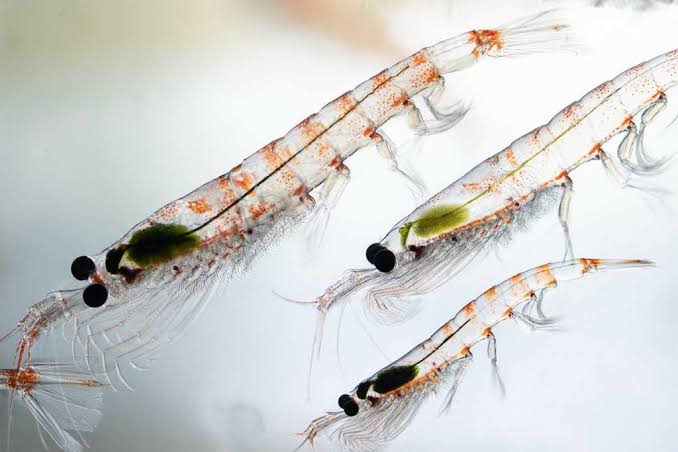 |
| euphausiids or krills |
 |
| Saichon (The river) along side with Sairung( Rainbow) her son during trap feeding in moutn of the Chophraya river . |
“Trap-Feeding” – Bryde’s feeding strategy
In trap-feeding, whales lie at the surface of the water with their mouths open. This allows shelter-seeking prey species such as herring and krill – which do not perceive a stationary object as a threat – to shoal into their open mouths. The whale then heaves its mouth closed, trapping hundreds of prey in a single gulp. This behaviour has been observed in the Gulf of Thailand in Bryde’s or Eden’s whales, and in Canada in humpback whales.
After Whale Watching if you visit here during December- April don’t miss!
This site is quite barren with very little vegetation and certainly no shade to speak of so it is a good idea to go armed with sunscreen and a hat; some people even bring along their own sunshades! At Khok Kham the birds can be quite distant at times and this is a location where a telescope is almost essential.
A number of roads and dirt tracks allow birders to get access to various parts of the site but this is really a site for keen birders, non-birders will find little of interest here, although there is a watch point from which dolphins can sometimes be spotted and several seafood restaurants make a nice afternoon break from the birding.
This critically endangered species is by no means the only attraction however, as every year there are species such as Great Knot, Nordmann's Greenshank, Asian Dowitcher and Long-toed Stint to search for. Other rarer species that can show up include Sharp-tailed Sandpiper and Red-necked Phalarope. A good number of Terns frequent this site too with CaspianTern and Gull-billed Tern are both commonly seen here. Although the number of salt pans here has decreased over recent years this is still a good place to see a large number and good variety of Thailand's wading birds.[thaibirding.com]
The spoon-billed sandpiper (Calidris pygmaea) is a small wader which breeds on the coasts of the Bering Sea and winters in Southeast Asia. This species is highly threatened, and it is said that since the 1970s the breeding population has decreased significantly. By 2000, the estimated breeding population of the species was 350–500.
 The most distinctive feature of this species is its spatulate bill. The breeding adult bird has a red-brown head, neck and breast with dark brown streaks, blackish upperparts with buff and pale rufous fringing. Non-breeding adults lack the reddish colouration, but have pale brownish-grey upperparts with whitish fringing to the wing-coverts. The underparts are white and the legs are black. It is 14–16 cm (5.5–6.3 in) long.
The most distinctive feature of this species is its spatulate bill. The breeding adult bird has a red-brown head, neck and breast with dark brown streaks, blackish upperparts with buff and pale rufous fringing. Non-breeding adults lack the reddish colouration, but have pale brownish-grey upperparts with whitish fringing to the wing-coverts. The underparts are white and the legs are black. It is 14–16 cm (5.5–6.3 in) long.It’s said “Khok Kham is the easiest place in the world to see Spoon-billed Sandpiper.”
Day Trip: Red footed Booby & Whale Watching in Petchburi
Mention whale watching in Thailand and you may get funny looks. Not widely known, the Gulf of Thailand is indeed home to whales, specifically Bryde’s (pronounced ‘bruda’) Whales. These majestic 15-metre long creatures live in the waters off Samut Songkhram and Petchburi provinces year round, but they flock to the northern gulf to feed on an abundance of anchovies during the rainy season.
Experiencing a close encounter with the whales in their natural environment requires a day trip, with a 1 to 1.5 hour drive from Bangkok to the gulf and a 4 to 5 hour leisurely boat ride through open waters, passing numerous fishing boats and huts. As Bryde’s Whales are endangered, there are only 50 or so left in the area; however, the chances of spotting them are good. Many have been given names and are individually recognized by whale watching guides and boat operators.
Several whale watching trips are organized throughout the year, and it is recommended that you go with a reputable organization such as Wild Encounters Thailand or ChomWhales of Love Wildlife Foundation. Both promote educational wildlife ecotourism. Conscious of the effects of tourism on the welfare of the animals, they will move slowly around the whales, keeping a safe distance. The latter also focuses on conservation and research, collecting data on the whales’ behaviour during the trips.
For all participants, the anticipation builds as the boat chugs along. About an hour into the ride, kids can keep an eye out for whale droppings in the form of fluorescent orange blobs on the water. They can also look for flocks of terns that await the chance to feed on the frenzied fish pursued by the whales, as well as for protruding dorsal fins and water patches whose surface has an odd sheen.
The first sighting will elicit screams of delight, with everyone clamouring for a good look. Subsequent sightings are just as thrilling. Often, the whales graze the surface of the water for a second or two, taking in air before submerging again. If you are lucky, a curious whale may swim right up to your boat. You may also see whales rising gracefully out of the water with their mouths agape to capture fish, showing off their pink underbellies.
21st June 2025 is a very special time to see Red footed booby
I just went whale watching in Samut Sakhon not long ago. But if you are someone who lives in the South or stays in Hua Hin or Cha-am, you will prefer to go to Bang Tabun, Phetchaburi, rather than Samut Sakhon. However, even though I am in Bangkok, when I heard that there was a Red footed booby staying in Bang Tabun Bay, for whatever reason, but since it had been staying for over a week, I wanted to come and see it because it is not often that we find this bird in the Gulf of Thailand.
Species Information
The ‘ā or red-footed booby is the smallest booby (Family: Sulidae), and like its Hawaiian relative, they live in tropical regions of both hemispheres. Three ‘ā (red-footed booby) subspecies are recognized, and one (S. s. rubripes) is resident in Hawai‘i. Individuals have long pointed wings and a relatively long, wedge-shaped tail. Several color phases exist, ranging from all brown to all white; almost all Hawaiian birds are white. Adult male and females are overall white, except for brownish black primary and secondary wing feathers; females are larger than males. Feet and legs orange to red, bill bluish except for base of lower mandible which is pinkish, and facial skin around bill ranges from pink to red and blue. Flight is characterized by strong flapping intercalated with gliding; may glide for long distances. ‘Ā (red-footed booby) forage alone or in hunting parties made of several species, generally feeding further from land than its other relatives. ‘Ā (red-footed booby) capture prey by plunge-diving generally from four to eight meters (13 – 26 feet) over the water. In Hawai‘i, diet is mainly comprised of flyingfish and squid, but also includes mackerel scads, saury, and anchovies. ‘Ā (red-footed booby) breed in colonies ranging from ten to ten thousand pairs and pairs generally retain mates throughout several breeding seasons. Unlike other boobies, ‘ā (red-footed booby) roost and build nests in shrubs or trees. In Hawai‘i, breeding season is synchronized, but can occur throughout the year. Egg laying peaks in February through April and most young have fledged by September. Both parents incubate egg, and brood and feed chick. Adults continue to feed young up to four months after learning how to fly. Birds first breed at three to four years of age and the oldest known individual was 22 years old.

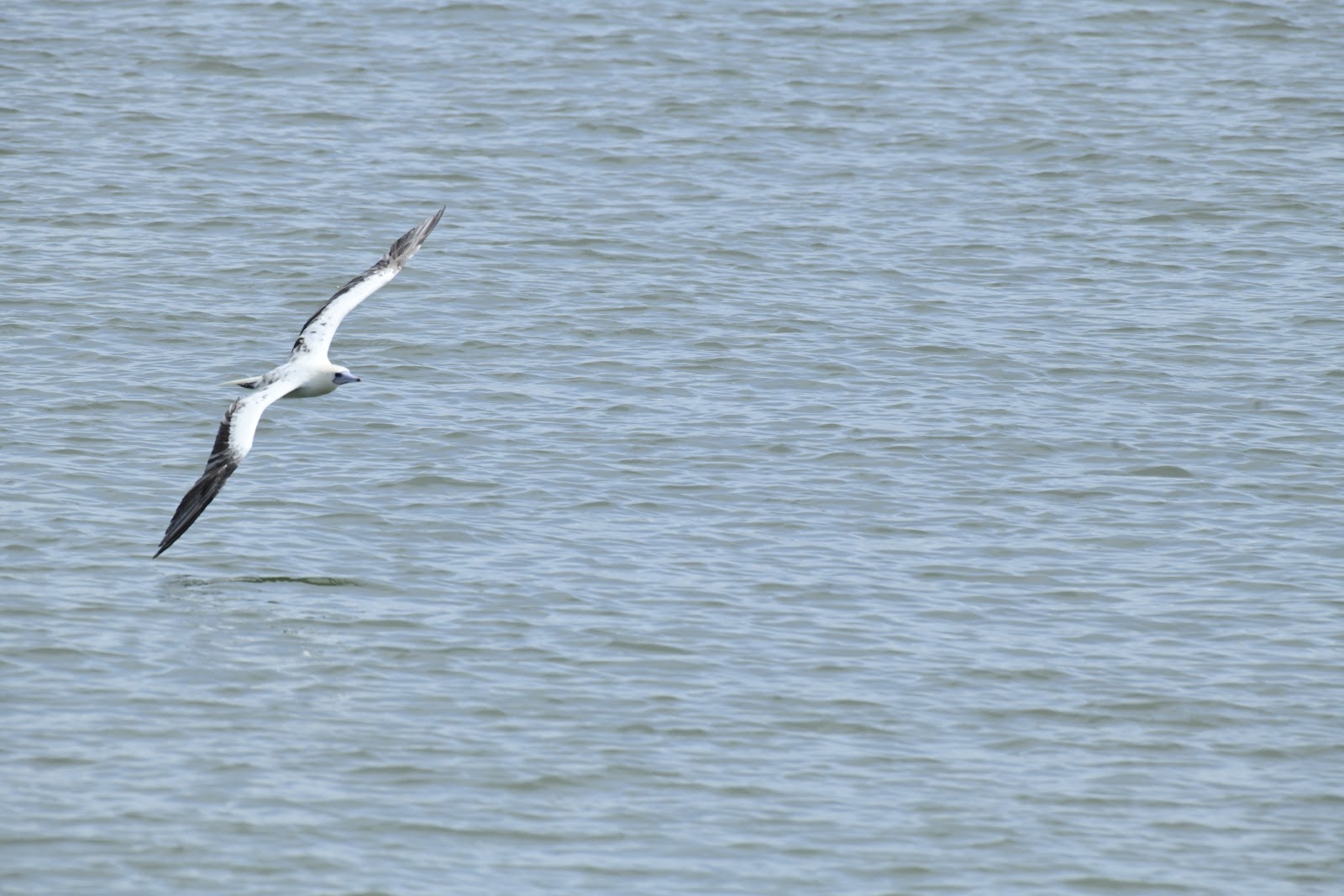













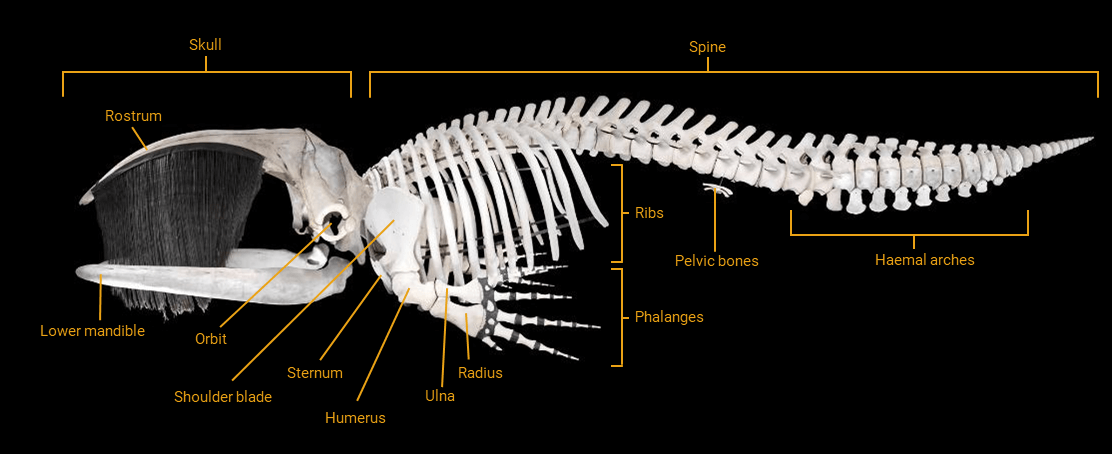




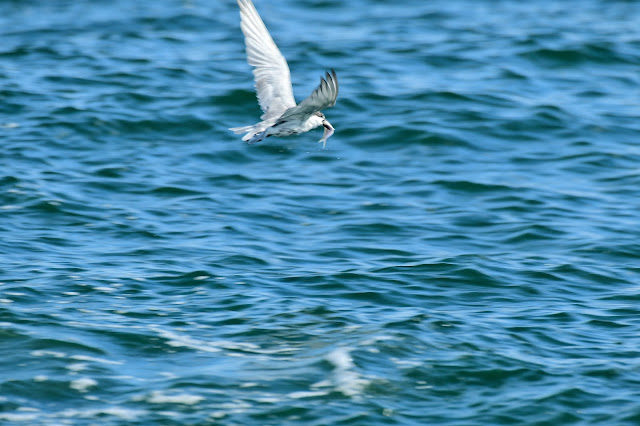








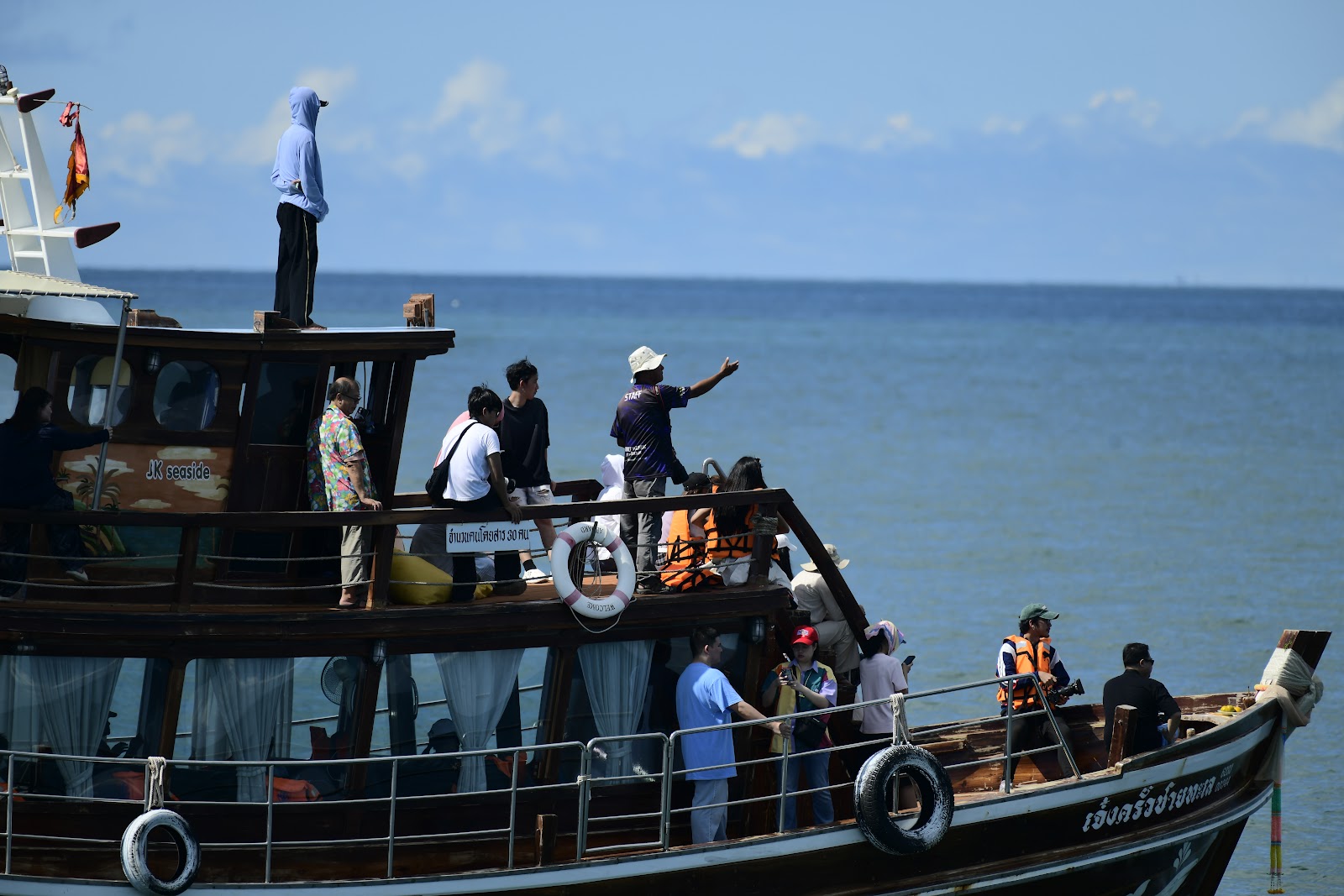

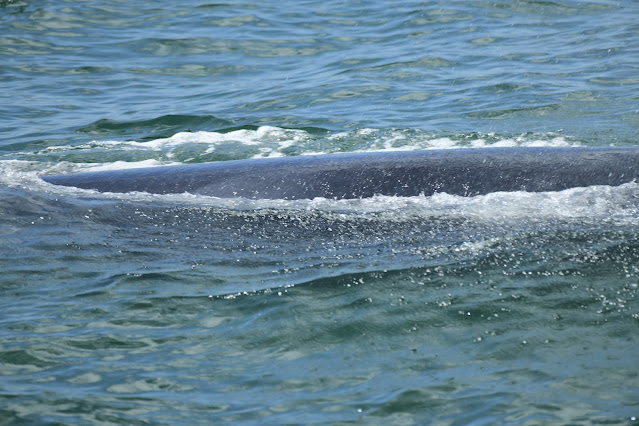





























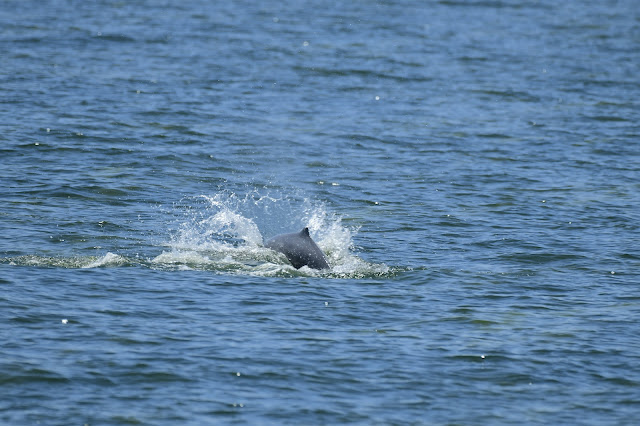










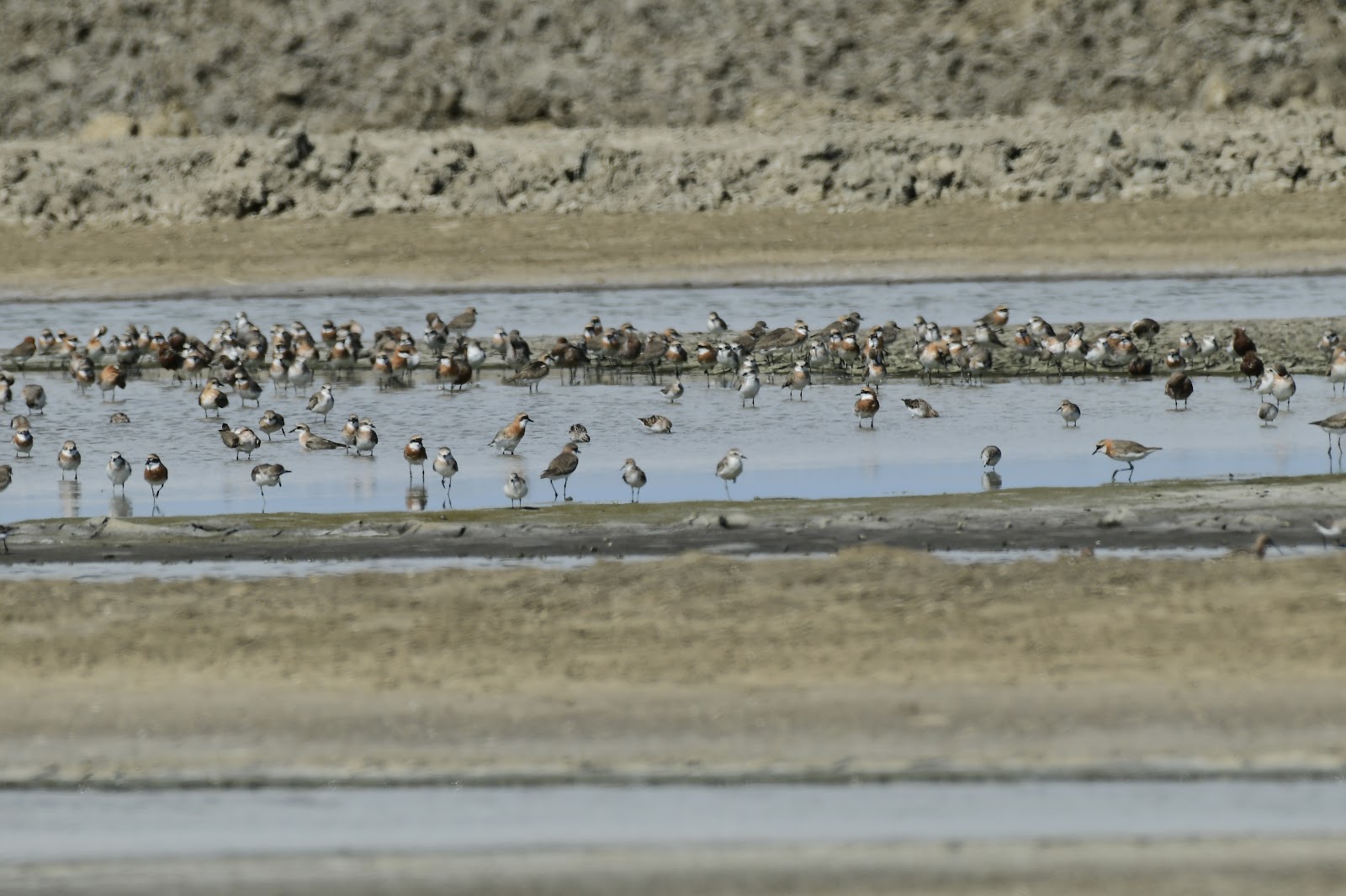



























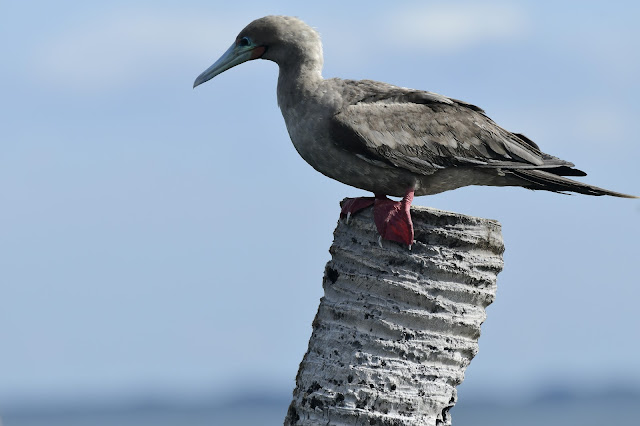













































ไม่มีความคิดเห็น:
แสดงความคิดเห็น